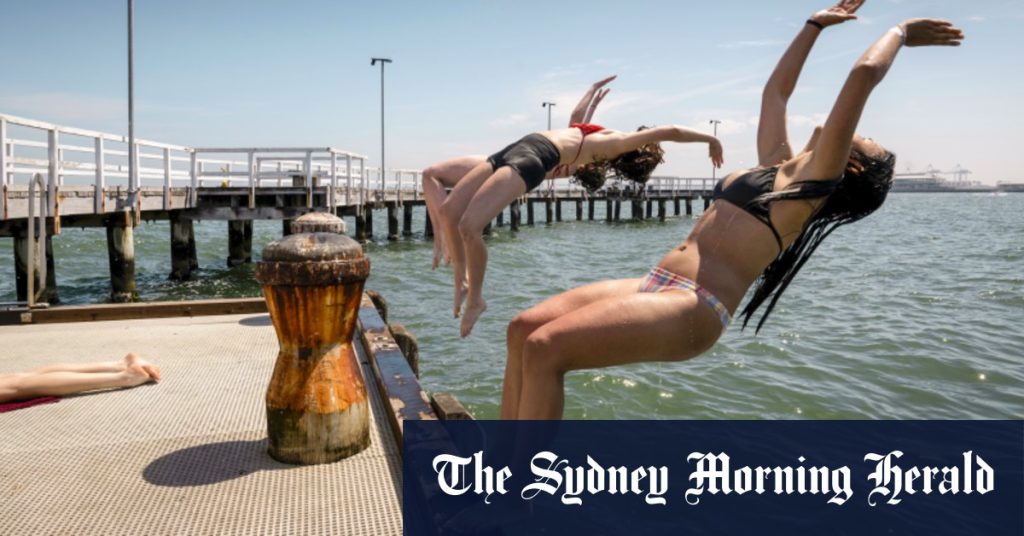The Grampians National Park in western Victoria continues to grapple with a significant bushfire, which has scorched an extensive 76,000 hectares, devastated homes, and consumed a staggering 40% of the park’s area. Firefighting crews remain actively engaged in battling the blaze, facing the persistent challenge of dry and hot conditions, particularly on Saturday, which prompted high alert warnings from state emergency services. While expressing optimism about the containment efforts achieved during milder weather periods, authorities acknowledged the inherently unpredictable nature of fire and the potential for escalating risks under renewed heat stress. Access to the park remains strictly prohibited for tourists due to the ongoing danger, and the potential reopening of the nearby town of Halls Gap hinges on the fire’s continued containment within established boundaries.
Adding to the fire-related concerns, a separate bushfire ignited near Wilsons Promontory, a popular recreational area known for its camping and hiking trails, in Yanakie on Friday. Swift action by fire crews managed to halt the spread of this blaze by Friday night, instilling confidence in its eventual containment. However, a “stay informed” advisory remains in effect for the area, urging residents and potential visitors to stay updated on the fire’s progress and any potential changes in the situation. The prompt response and apparent success in controlling the Yanakie fire offer a positive counterpoint to the larger and more persistent Grampians fire, demonstrating the crucial role of rapid intervention in mitigating bushfire risks.
Concurrent with the fire emergencies, Victoria is experiencing a heatwave coinciding with school holidays, leading to an anticipated influx of people seeking respite at the state’s beaches, rivers, and lakes. This convergence of heat and holiday leisure has amplified concerns about water safety, prompting authorities to emphasize the importance of cautious behavior around water bodies. Tragically, these warnings were underscored by two drowning incidents on Friday: a boy in an East Gippsland river and a man off the coast of Rye. These incidents serve as stark reminders of the inherent dangers of water recreation, particularly during periods of increased usage due to heatwaves and holidays.
Amplifying the focus on public safety during the heatwave, Ambulance Victoria’s emergency management director stressed the paramount importance of water safety. The director’s statement urged individuals to heed safety signage at waterways, familiarize themselves with potential hazards, and prioritize swimming in designated areas patrolled by Life Saving Victoria whenever possible. This proactive approach aims to mitigate the risks associated with increased water activity during the heatwave, highlighting the need for individual vigilance and adherence to safety guidelines.
The concurrent challenges of bushfires and heatwave-related risks are further compounded by adjustments to public transport services. Several V/Line services are operating on a modified extreme heat timetable, likely impacting travel plans for those seeking to escape the heat or access affected areas. This disruption to regular transport schedules underscores the wide-ranging impact of extreme weather events, affecting not only immediate safety concerns but also logistical aspects of daily life.
In summary, Victoria is facing a multi-pronged challenge involving a major bushfire in the Grampians, a secondary fire incident near Wilsons Promontory, a heatwave driving increased water recreation and associated safety risks, and resultant disruptions to public transport. The combined pressures of these events underscore the importance of community vigilance, adherence to safety guidelines, and the ongoing efforts of emergency services in managing the diverse threats posed by extreme weather conditions. The situation continues to evolve, requiring continuous monitoring and adaptive responses to ensure public safety and mitigate potential damages.










